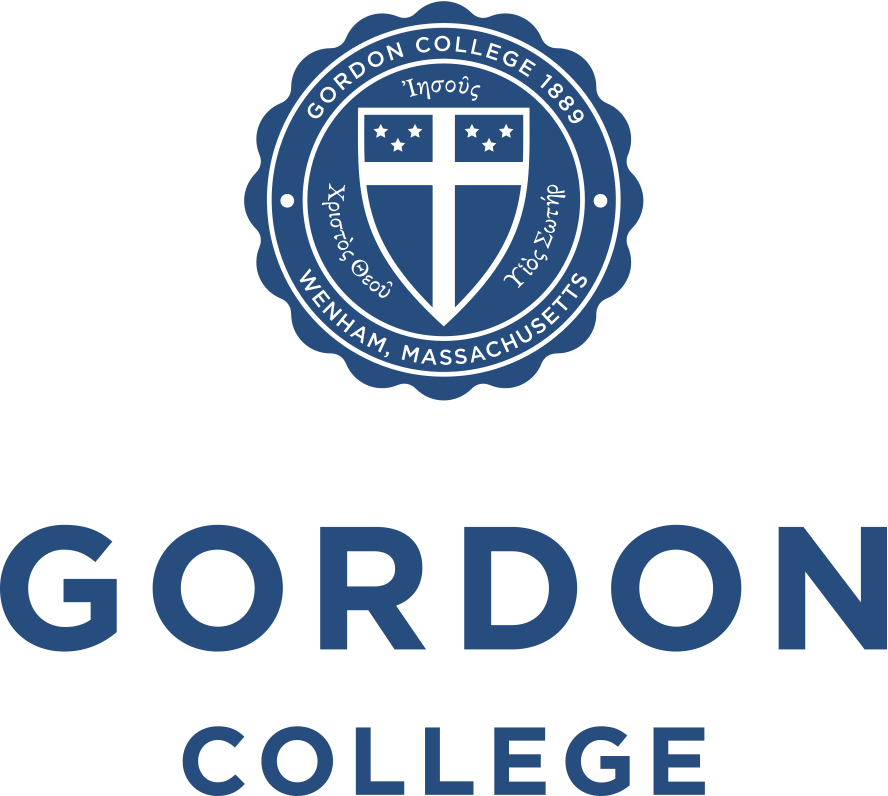Welcome to Number Theory! This course and book is an introduction to the theory and practice of the integers, especially positive integers — the numbers. We focus on connecting it to many areas of mathematics and dynamic, computer-assisted interaction. Let's explore!
